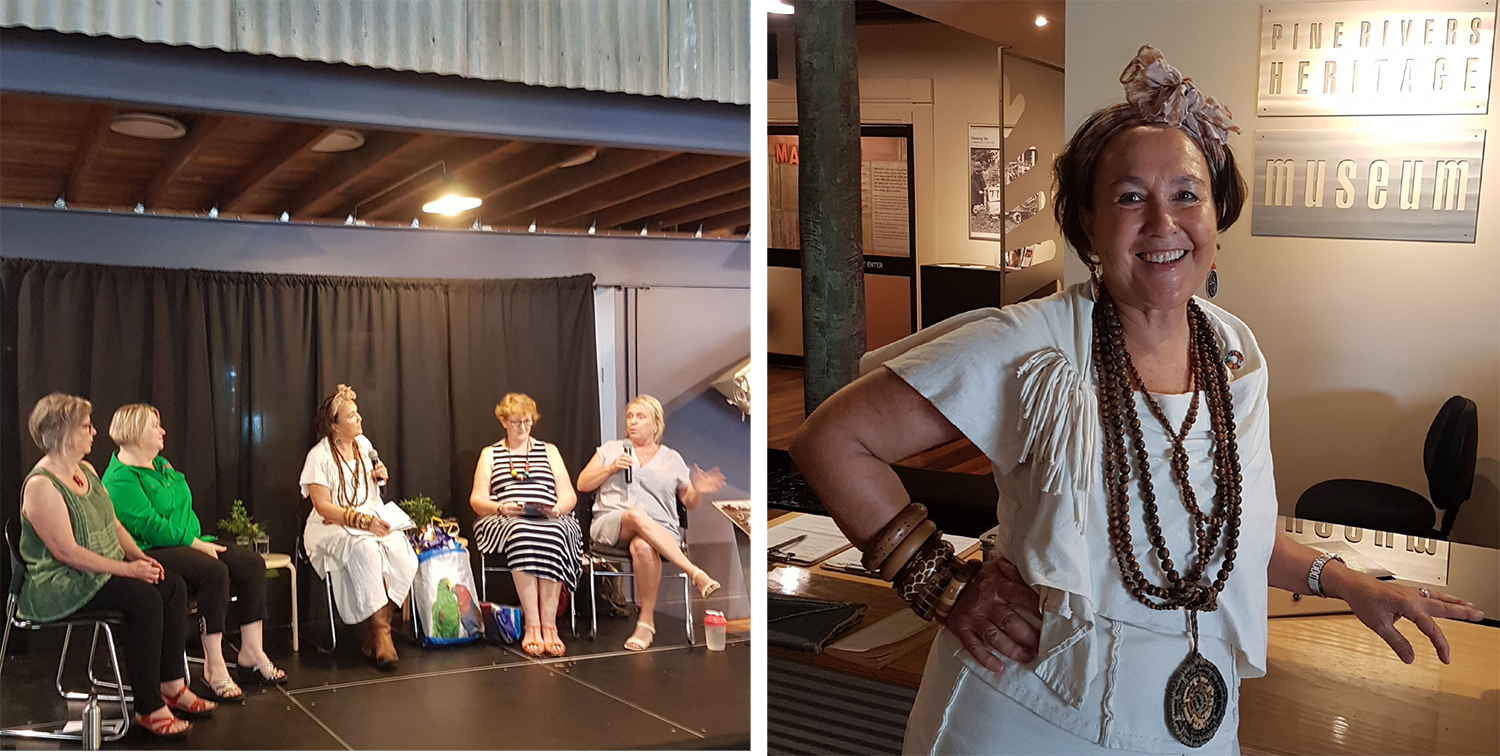The coronavirus pandemic was a wake-up call about many things we take for granted in life, including where our food comes from. As the lockdown began in late March, uncertainty took hold and people began hoarding and scrambling for whatever food stocks they could find.
The National Farmers Federation was moved to reassure people that Australia produces enough food to feed 75 million people, more than three times our population, and that 89 percent of the food Australians eat is Aussie-grown.
With many global supply chains fractured through the pandemic, local production and manufacturing is arising to be more strongly grounded and appreciated in regional communities.
Earlier this year on February 15, Pine Rivers Heritage Museum had hosted a conversation to highlight how we can support local farmers in the Moreton Bay region which is home to a plethora of agricultural industries including berries, pineapple, avocado, macadamia nut, other specialty crop businesses as well as livestock production. (There’s a follow-up session planned for September 12, so put that in your diary if you are in the region.)
 The region, originally the traditional land of Kabi Aboriginal people, is now home to nearly half a million Queenslanders and while agriculture, forestry and fishery accounts for only 2648 jobs, its output is worth more than one billion ($1,102.532 M). The Heritage Museum charts the region’s evolution from predominantly agricultural to now being more urbanised.
The region, originally the traditional land of Kabi Aboriginal people, is now home to nearly half a million Queenslanders and while agriculture, forestry and fishery accounts for only 2648 jobs, its output is worth more than one billion ($1,102.532 M). The Heritage Museum charts the region’s evolution from predominantly agricultural to now being more urbanised.
But our pandemic experience reminded us of the need to support and nurture local food supply systems. We can do that in simple ways by buying local produce and eating in season.
After graduating in agricultural science from The University of Queensland many moons ago, most of my career has been reporting on and communicating about agriculture’s place in our lives and how I it not only provides food and fibre but ecosystem services too.
I was thrilled to be invited by Moreton Bay Regional Council to moderate this conversation at Pine Rivers Heritage Museum showcasing an awesome panel:
- Amanda Schultz, from Luvaberry strawberry farm in Wamuran talked about her war on waste with innovative products such as strawberry dust and local marketing through ‘’carpark parties’’.
- Flora Bradley, who leads community group, Ag Bags for Rural Communities, spoke about her commitment to upcycling spent feed bags into shopping bags and donating all funds to Drought Angels.
- Tash Johnston, founding director Drought Angels, talked about how she came to be changing lives by supporting farmers at risk and at times of need. The work is so important that donations and demand have skyrocketed, according to this ABC Landline
- Jenni Guse, Chair of the Board of Millen Farm at Samford, outlined the potential for this community-supported farm dedicated to permaculture just 45 minutes from Brisbane CBD.
This Conversation Starter highlighted how tapping into what we have around us and supporting local food businesses can make a difference. It complemented the council’s Making Do exhibition celebrating the resourceful reuse of what is at hand.
Currently 55 per cent of the world’s population lives in cities, but by 2050 that will rise to 68 per cent according to the United Nations. Making best use of farming expertise and arable land close to cities needs to be a priority.
As the pandemic showed us, adaptation, resourcefulness and self-sufficiency are characteristics that stand us in good stead, and will a crucial part of ensuring planetary health into the future.
First published on Moreton Bay Regional Council’s newfeed